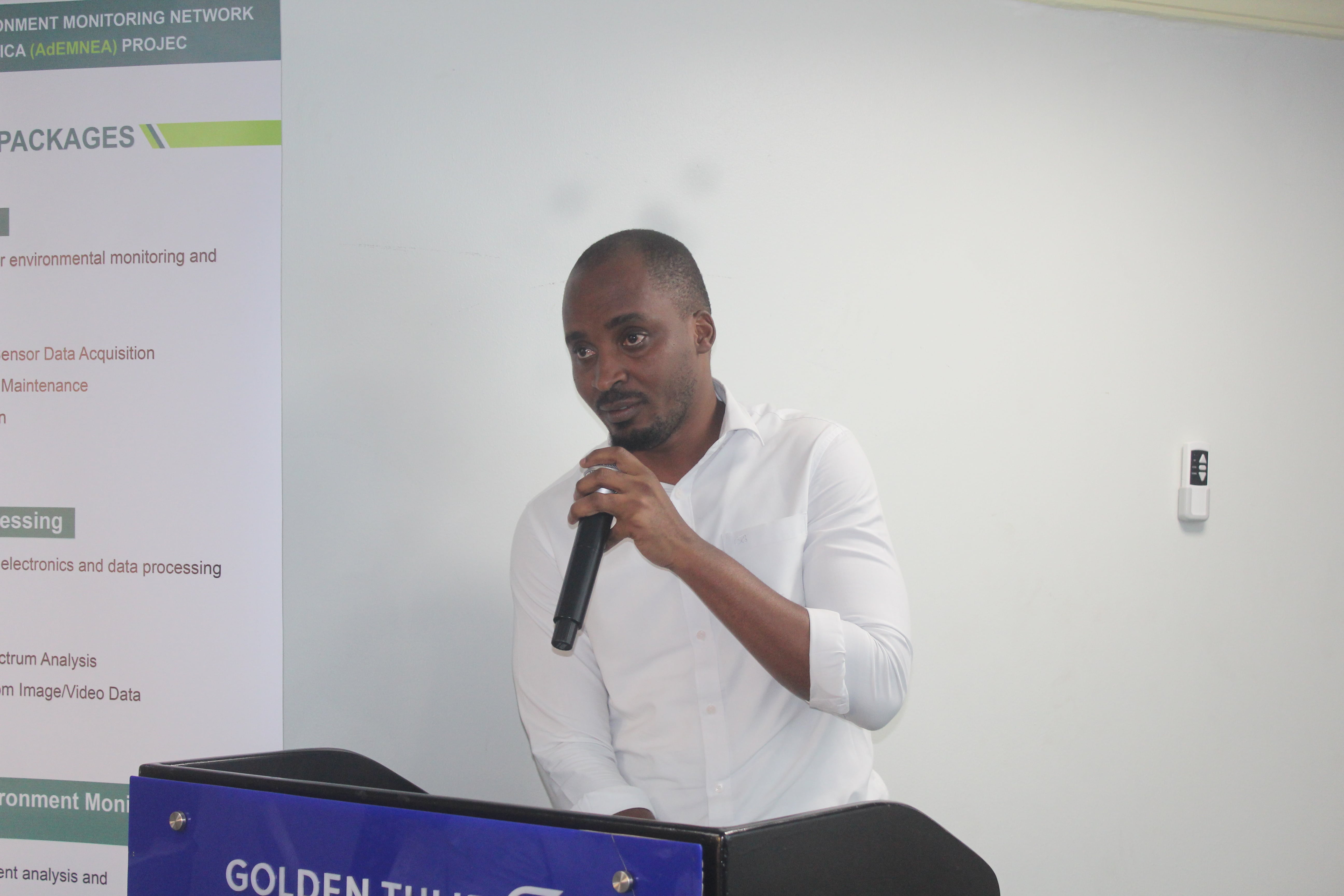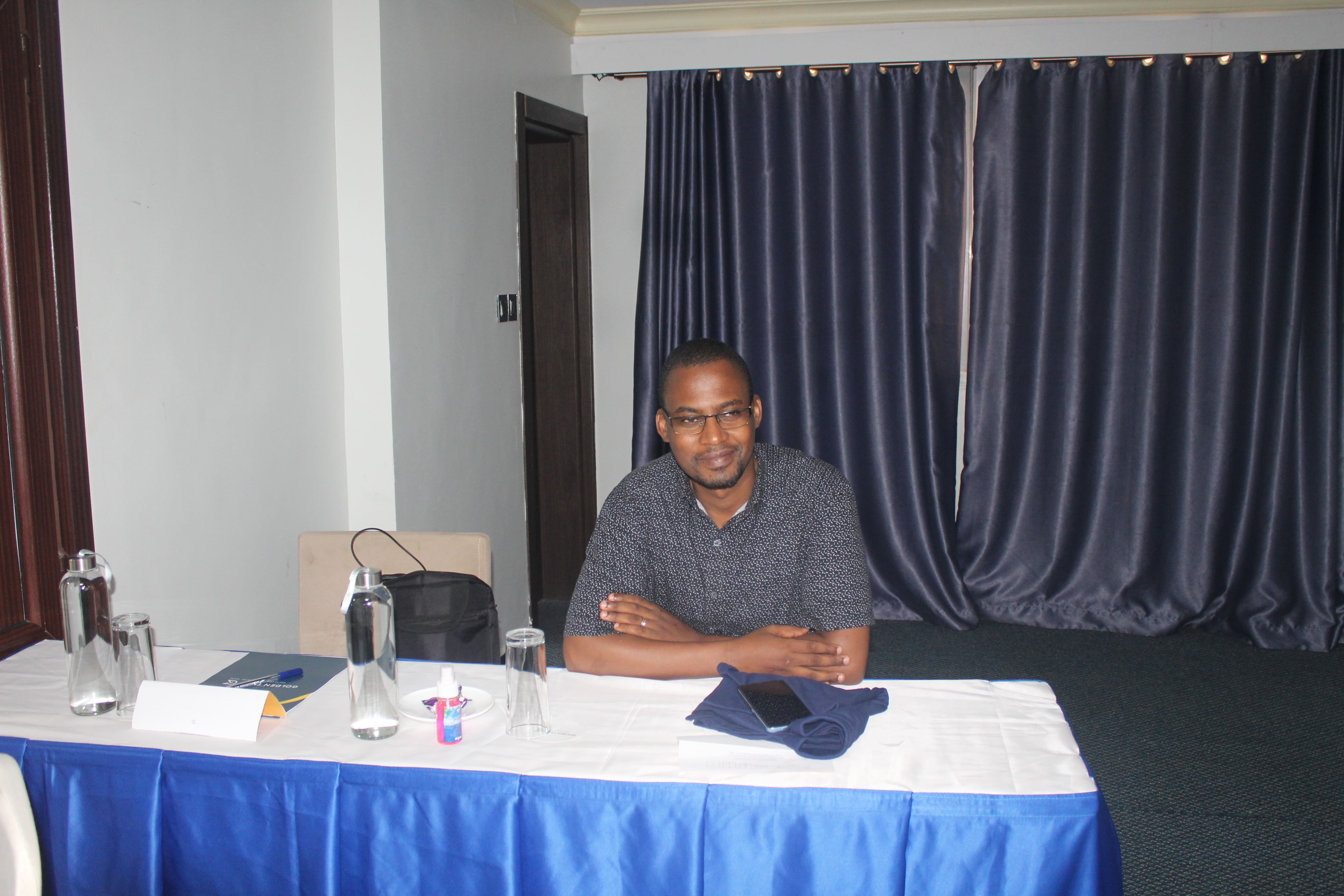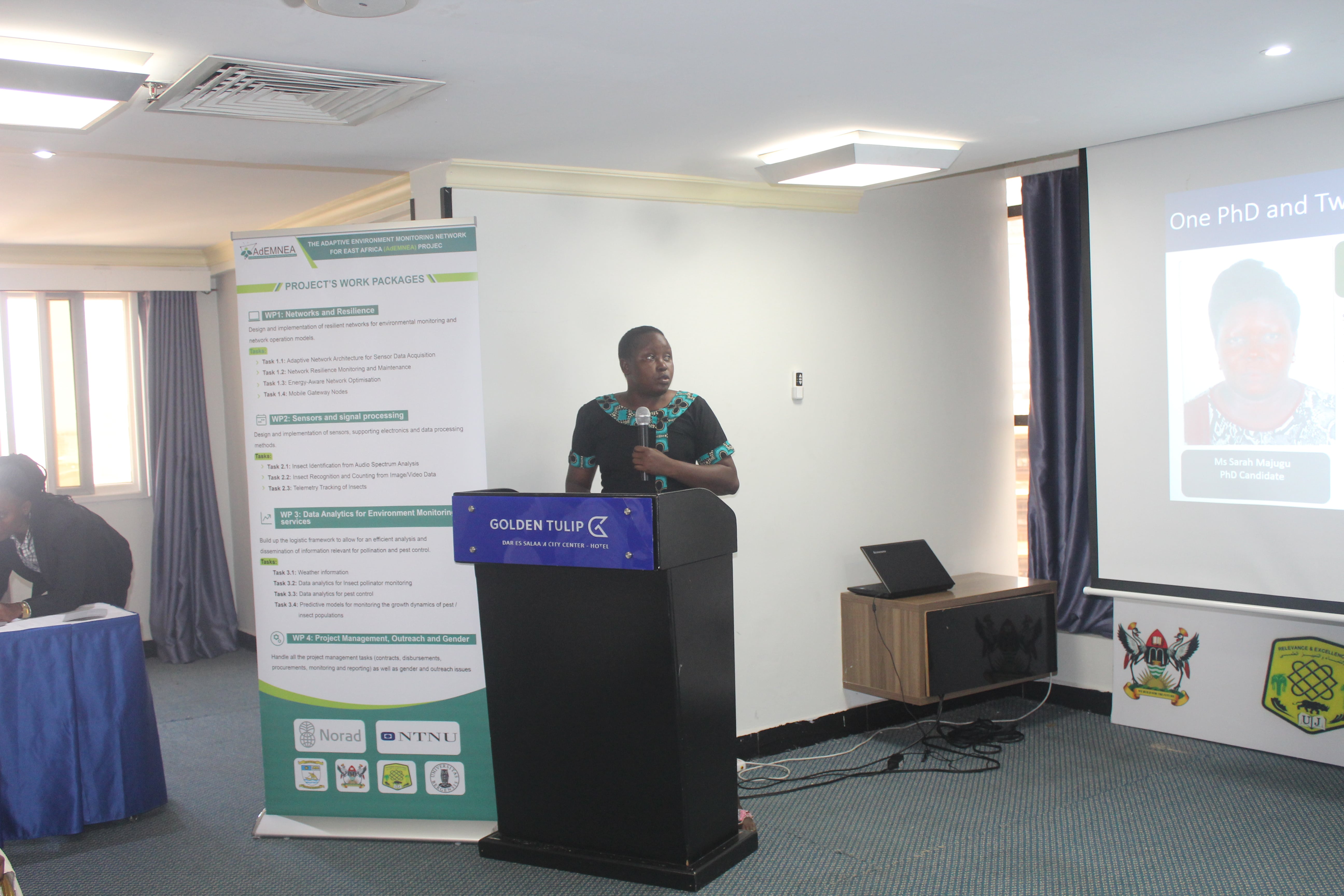Pest Control - Mango fruit growers can finally have maximum fruit yields.
Florence Lello a PhD student at the Dar es salaam Institute of Technology (DIT) and part of the AdEMNEA Project under task 2.2 says the research output (E-Trap) focuses on oriental fruit flies (bactrocera dorsalls). “the trap will help in fruit fly detection in relation to weather information – providing a platform for forecasting the occurrence probability and development trends of fruit flies,” the PhD student noted.
News Article 1
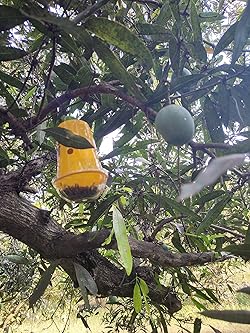
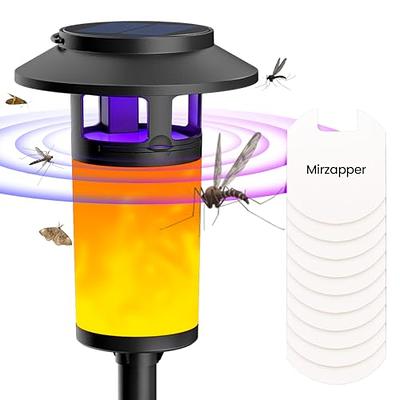
A glimmer of hope looms large for the mango fruit growers as the Electronic Trap nears field testing. A research output by the Dar es salaam Institute of Technology (DIT) will aid mango farmers in dealing with pest infestation as the fruits near harvest.
Among the immediate beneficiaries is the Association of Mango Growers (AMAGRO), working with over 65 smallholder mango growers to produce improved mango seedlings and export quality mangoes. Mr. Hamad Mkopi believes the research output (E-Trap) will enable mango farmers maximise the harvesting period, having a controlled environment to garner more fruit yields.
Florence Lello a PhD student at the Dar es salaam Institute of Technology (DIT) and part of the AdEMNEA Project under task 2.2 says the research output (E-Trap) focuses on oriental fruit flies (bactrocera dorsalls). “the trap will help in fruit fly detection in relation to weather information – providing a platform for forecasting the occurrence probability and development trends of fruit flies,” the PhD student noted.
Working alongside the principal entomologist, Mr. Ngulika from the Nelson Mandela African Institute of Science and Technology (NM-AIST), a special fruit fly diet has been invented, rich in proteins and sugar i.e.molasses, fish waste and fruit juice as the main ingredients. The diet is meant to attract fruit flies which looking for food into the trap during the larvae/pupa growth stage.

Dr. Rose Nakibuule, an Artificial Intelligence (AI) researcher at Makerere University added that the research uses multi-class deep learning models for robustness and accuracy for detection and counting system.

Specific research is being done by Mr. Safari Yonasi at the College of Computing and Information Sciences (CoCIS) Makerere University to further automate mango fruit damage detection by tracking pheromones. Classification of mango varieties at various growth stages as well as detecting damage in relation to weather is ongoing currently by Mr. Onen Denish at Makerere University under the supervision of Dr. Deborah Amulen and Patrick Vudriko.

